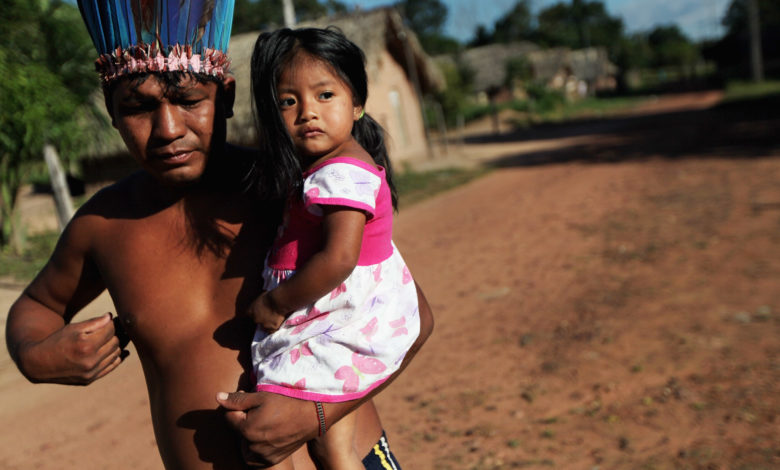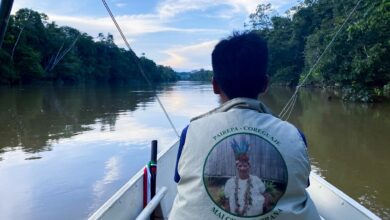
A global online platform mapping all the indigenous and community lands in the world will spotlight the potential pressures of illegal logging and mining, and help indigenous peoples protect their land rights.
LandMark collects information and maps from indigenous organizations for its website to help communities self-represent their lands.
Indigenous peoples and communities use and hold more than half of the world’s land but only have legal rights to around 10%, even though indigenous land rights, as admitted for the first time by the United Nations’ Intergovernmental Panel on Climate Change, are vital for tackling global warming.
“Many governments are not keen to acknowledge or recognise indigenous or community land, so official maps often do not visualise this land and it remains invisible,” says Peter Veit, from World Resources Initiative, in support of LandMark’s mission.
Jagdeesh Rao, executive director at the Foundation for Ecological Security in India, adds, “Mapping is important to not just identify and give legitimacy to collectively owned land, but also to track degraded lands so they can be restored.”



